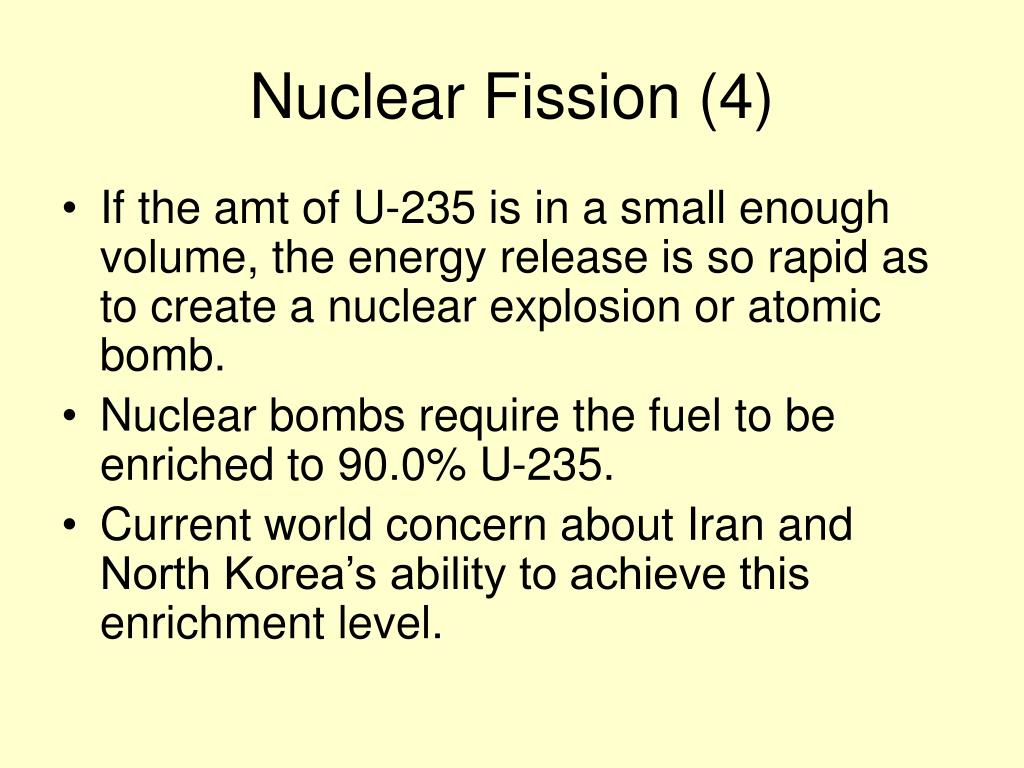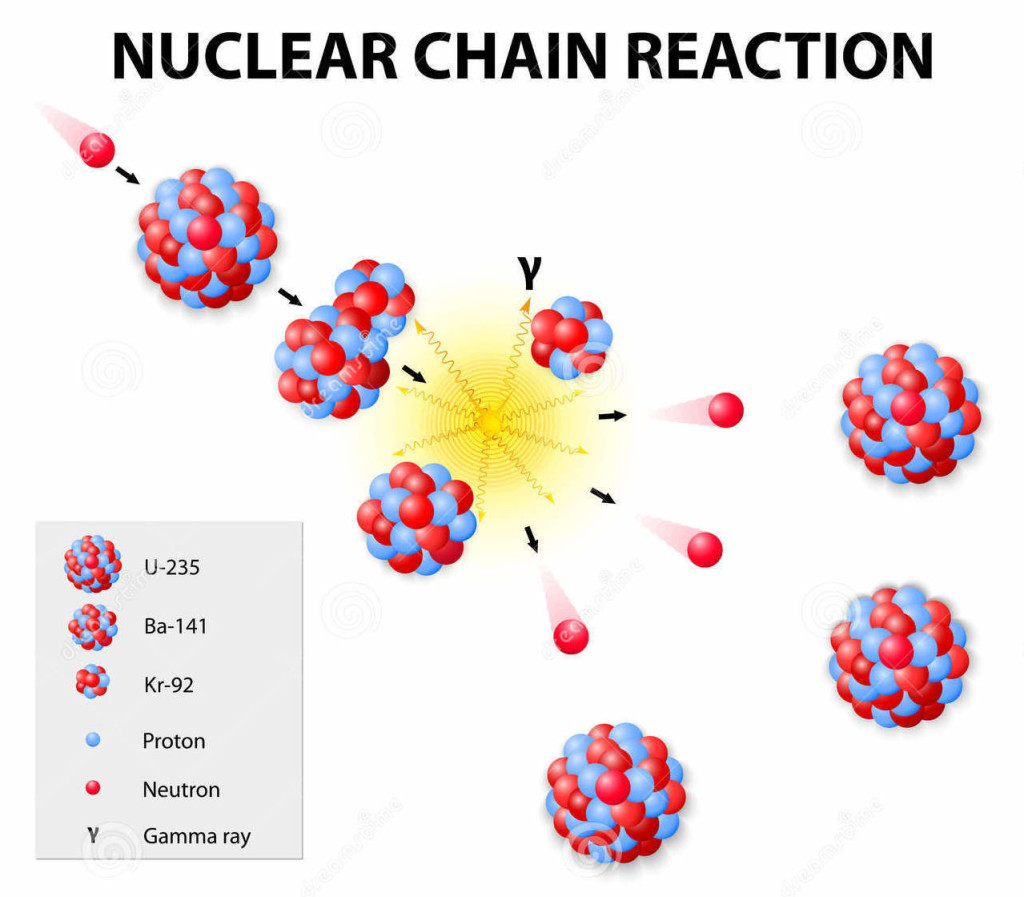

The long-term solution for cask-embedded spent fuel is deep geological repositories. Several storage cask designs are in use across the 76 reactor or storage sites in the U.S. Ponds at reactors may be designed to hold all the used fuel for the life of the reactor, but usually the design assumes some removal of cooled fuel for reprocessing or to dry storage."Īfter a year or more in a cooling pond, spent fuel rods are moved to dry storage casks sealed in steel cylinders and then embedded in concrete or more steel. These pools are robust constructions made of thick reinforced concrete with steel liners. The circulating water both shields and cools the fuel. The multiple racks are made of metal with neutron absorbers incorporated in them. The fuel assemblies are typically about four meters long standing on end. "Storage ponds at reactors, and those at centralized facilities such as CLAB in Sweden, are 7-12 meters deep to allow the racked fuel assemblies to be covered by several meters of water. Source: The central interim storage facility for spent nuclear fuel (Clab) in Oskarshamn, Sweden.

"Wet" Storage of Spent Nuclear Fuel in Cooling Ponds, CLAB Sweden In steel-lined concrete pools of water, spent fuel rods cool and decay to levels that make them safer and easier to transport or process. nuclear facilities, after being used to generate electricity, spent fuel rods are moved to cooling ponds located on-site near the reactor. Both radiation and heat are reliably shielded by water or concrete, and radiation is also shielded by steel. Fortunately, radioactivity and heat are easily measured using simple technology. Radioactivity and heat are the two issues that must be managed in storage, transport and disposal. Of all the types of radioactive waste generated by hospitals, research facilities or power plants, spent nuclear fuel presents the highest levels of radioactivity and heat as the material decays. That includes the properties of spent fuel and other radioactive waste generated in transforming mined uranium into fuel and fuel into commercial electricity. The science of nuclear fission has been well understood for nearly nine decades. Five Key Facts about Spent Nuclear Fuel (SNF) Let's dive into some of the key characteristics of spent nuclear fuel to demystify the issues around safety, storage and disposal. Fortunately, the nature of spent nuclear fuel is far less threatening than the average person might assume. In the global effort to lower carbon emissions, nuclear power provides a critical contribution to environmental goals. The highly radioactive liquid and solid materials resulting from the reprocessing of spent nuclear fuel, which contain fission products in concentration (this includes some reprocessed HLW from defense activities and a small quantity of reprocessed commercial HLW).Irradiated spent nuclear fuel discharged from commercial nuclear power reactors.It's what keeps people up at night and includes 2: On the other hand, high-level radioactive waste accounts for approximately 3% of the total waste volume and 95% of the radioactivity in the nuclear waste. LLW is generally disposed of in impoundment waste disposal areas and is strictly regulated. This includes uranium mill tailings and the tools, protective clothing, and the other equipment used at nuclear fuel processing facilities and power plants. Most nuclear industry waste is relatively low in radioactivity and comprises approximately 90% of the total waste volume (but just 1% of the radioactivity). Most Nuclear Cycle Waste is Low in Radioactivity Source: Sprott presentation: Sprott Physical Uranium Trust. Only five grams of this is high-level waste (HLW) - the same weight as a sheet of paper. According to estimates, the total waste from a reactor supplying one person's electricity needs for a year would be about the size of a brick. The waste from nuclear power generation is classified according to radioactivity as either low-level (LLW), intermediate-level (ILW) or high-level waste (HLW).Ĭompared to other energy sources, only a small amount of waste is produced from nuclear power. Radioactive waste is a byproduct of the nuclear power cycle and is considered the tail-end of the process, as shown in Figure 1. One of the most frequent questions we've been asked since the launch of Sprott Physical Uranium Trust is: What about the controversy over radioactive waste disposal, specifically spent nuclear fuel?įirst, a quick overview.


 0 kommentar(er)
0 kommentar(er)
